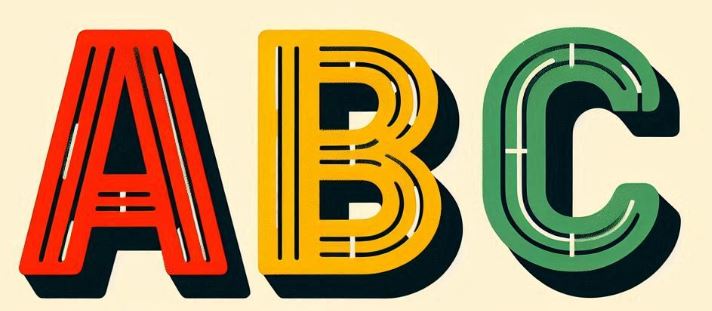Published on: 07/08/2024 · Last updated on: 30/05/2025
Introduction
To assist with the formal rollout of our ABC Assessment Categorisations model, we have prepared guidance for Type A and Type B assessments. Please see below. If you would like to discuss Type C assessments, please contact Abby Osborne or Ellie Kendall directly as these are necessarily very bespoke and nuanced. We have also included template text to be used in assessment briefs, handbooks or similar when setting Type B or Type C assessments. The template text may need minor edits to suit your context, but captures key information to consider when using generative artificial intelligence (GenAI) tools, such as data privacy, equity of access and the proper acknowledgment and referencing of GenAI use.

Category guidance
| Type A | Use of GenAI is not permitted. |
| Type B | Use of GenAI is optional as an assistive tool for specific defined processes. |
| Type C | Use of GenAI is integral to the assessment. |